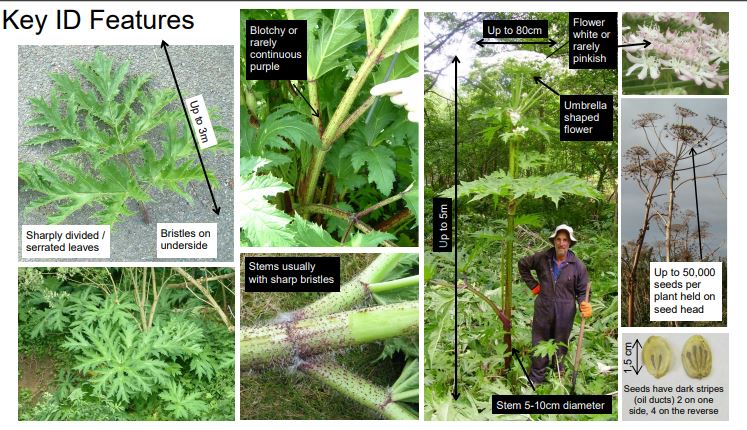Great Aycliffe Town Council have recently been contacted by members of the public worried about articles in the local press and on social media about Giant Hogweed in the area. The plant is a massive problem along the River Tees and is now well established along this river. People are rightfully concerned that this non-native plant that can cause significant burns and blistering if skin comes into contact with the sap.
However, the Council would like to reassure members of the public that during the plant growing season the Town Council monitor its land on a weekly basis in locations where the plant is likely to be found. Whilst a few plants have been found, they have been identified at a very early stage and removed as soon as possible when detected. For this reason, the Council are confident that this problem, which is such an issue elsewhere, is under control on Town Council land.
The Council also closely liaise with Durham County Council regarding any giant hogweed sightings on their land.
Locally there is a great deal of confusion between giant hogweed and the widely prevalent native hogweed species and other similar plants such as cows parsley. The information below and above aims to aid members of the public to correctly identify the plant.
A mature giant hogweed cannot be mistaken for anything else; it is very imposing and can stand up to 3 metres tall with huge leaves the same size as a grown man. The stems are covered in sharp hooks and have dark blotches. The leaves are significantly more sharply divided compared with native hogweed.










